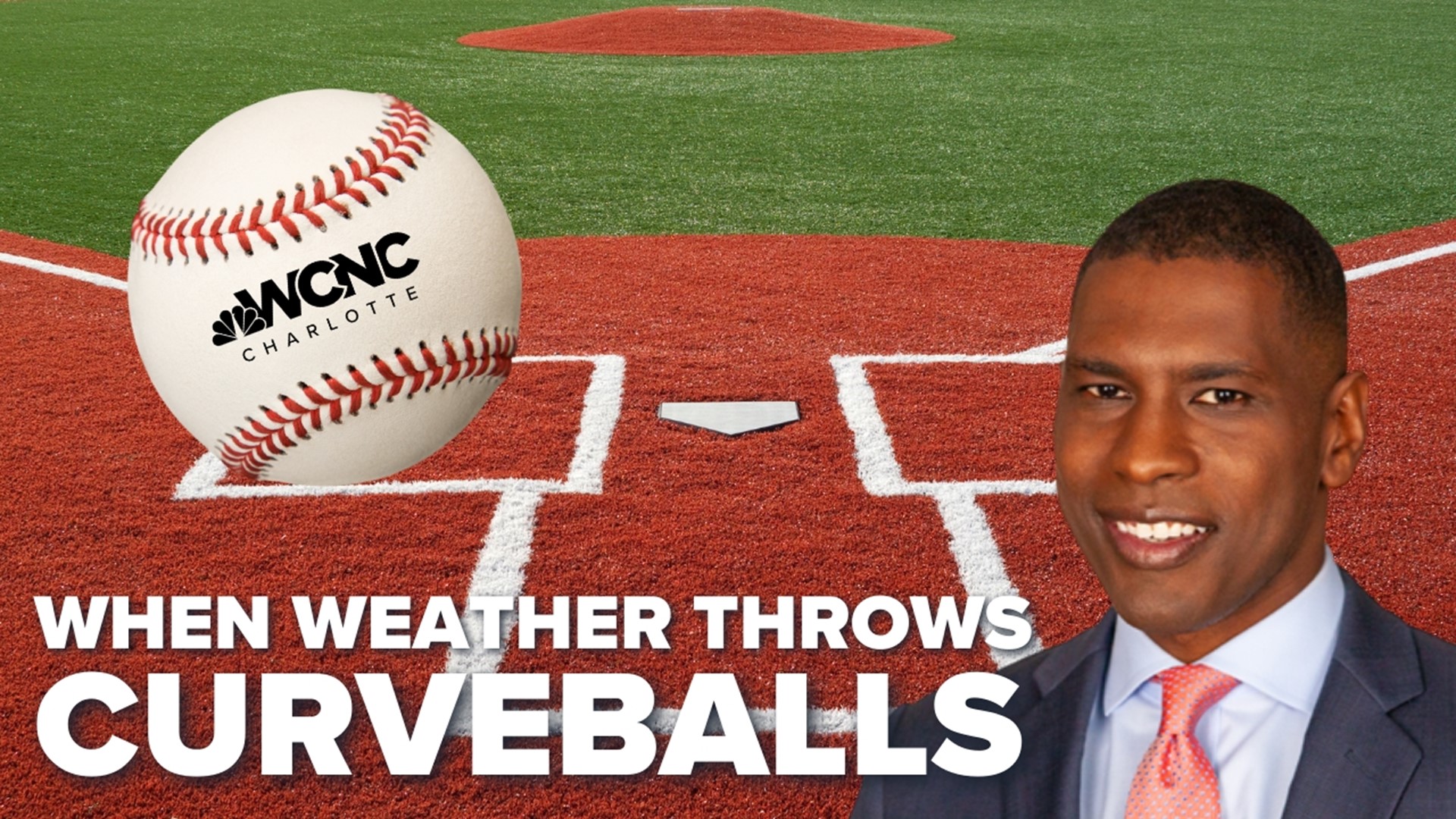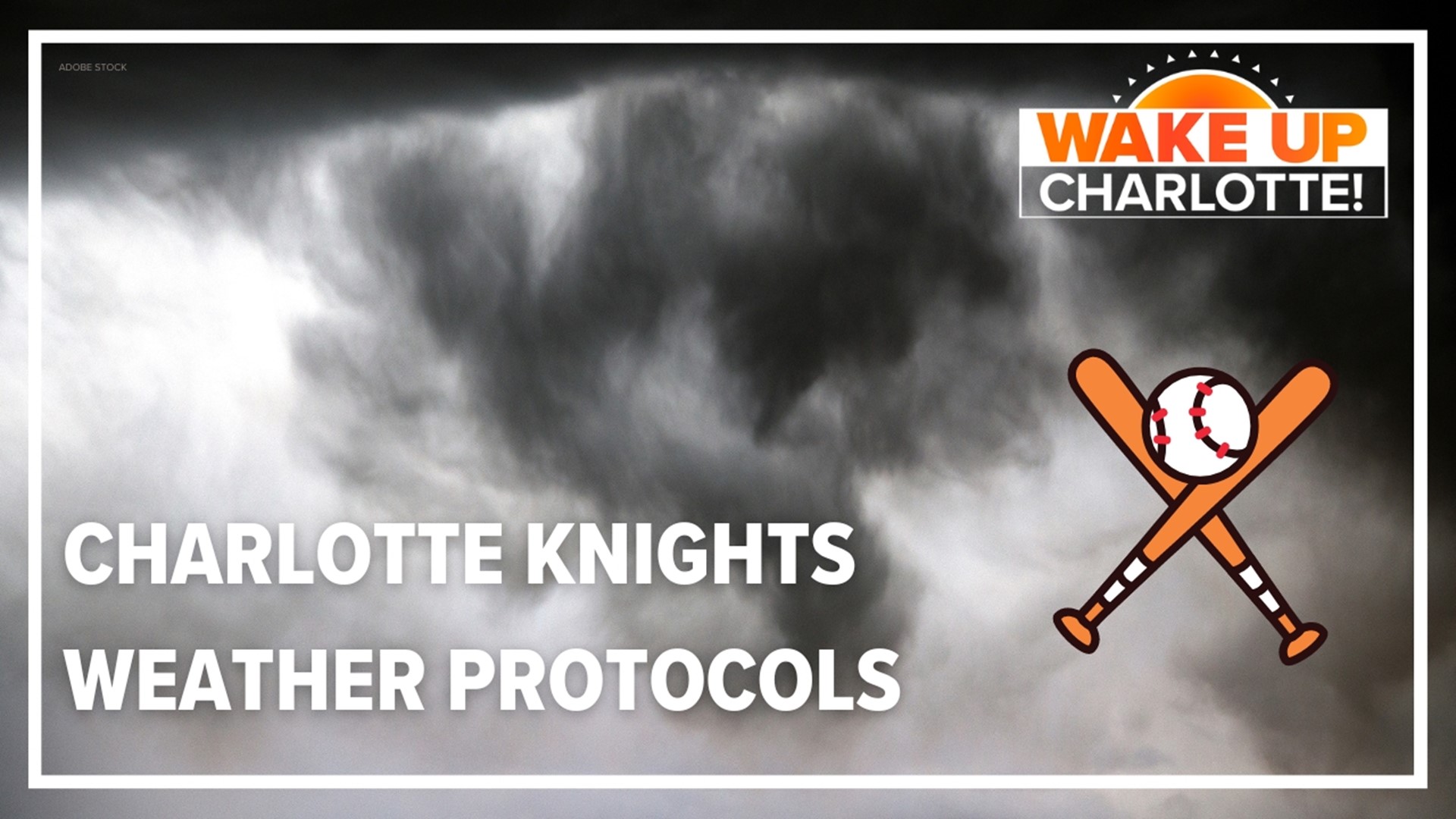CHARLOTTE, N.C. — America’s favorite pastime is coming back to Uptown.
As Charlotte Knights fans countdown to opening day on Friday, you could argue that the star of the show doesn’t play any specific position. It’s the lush, green field itself. And keeping the baseball diamond that way is as much art… as it is science.
It’s by design, wall-to-wall Latitude 36 Bermudagrass covers Truist Field.
“Bermudas are acclimated to warm temperatures, high humidity, has a fairly high disease resistance," Matt Parrott, Director of Field Operations for the Charlotte Knights, said.
Parrott says this type of grass can handle wear and tear from both players and weather alike.
“The times it gets really tough are when our daytime temperature and our nighttime if you add those two together and we get above 150 degrees," said Parrott. "That’s what we call the dog days of summer. And it becomes challenging at that point in time."
Parrot says on those nights dew typically forms and that could lead to disease. And the same can be said for overusing a tarp.
“When you introduce that tarp to the field, it creates a microclimate, where you don’t have air movement," Parrott said. You have a lot of moisture buildup and that is very conducive to diseases that attack turf grass.”
It may not help the grass, but Parrott says the infield does benefit from high humidity.
“We actually like the humidity for our dirt areas because it helps maintain the moisture for those areas,” Parrott said.
Otherwise, the dirt can become dry and hard, which affects the ball roll and player safety.
Parrott says his focus is playability. If the field is properly cared for...
- It’s safe for players
- It plays well
- It's aesthetically pleasing to fans


